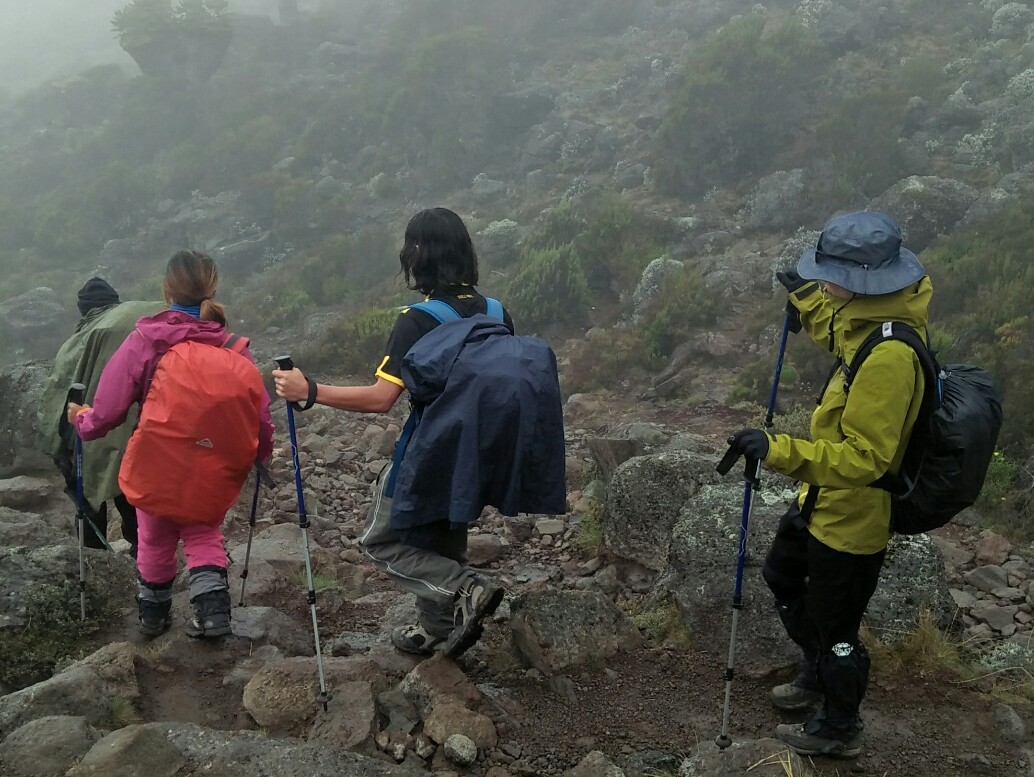Kilimanjaro is one of the world’s most accessible high summits, a beacon for visitors from around the world. Most climbers reach the crater rim with little more than a walking stick, proper clothing and determination. And those who reach Uhuru Point, the actual summit, or Gillman’s Point on the lip of the crater, will have earned their climbing certificates. And their memories. But there is so much more to Kili than her summit. The ascent of the slopes is a virtual climatic world tour, from the tropics to the Arctic. Even before you cross the national park boundary (at the 2,700m contour), the cultivated foot slopes give way to lush montane forest, inhabited by elusive elephant, leopard, buffalo, the endangered Abbot’s duiker, and other small antelope and primates. Higher still lies the moorland zone, where a cover of giant heather is studded with otherworldly giant lobelias. Above 4,000m, a surreal alpine desert supports little life other than a few hardy mosses and lichen. Then, finally, the last vestigial vegetation gives way to a winter wonderland of ice and snow – and the magnificent beauty of the roof of the continent.

The Umbwe Route is one of the more challenging and less-traveled routes for climbing Mount Kilimanjaro in Tanzania. It is recommended for experienced trekkers who are well-acclimatized to high altitudes....

Lemosho is a newer and less-traveled route. This route is known for its scenic beauty, diverse landscapes, and relatively low traffic, providing climbers with a more remote and wilderness experience....

Bike trek is our new product of trekking the Kilimanjaro Mountain, Kilema route is the only route that Bike trek to Kilimanjaro Mountain can reach to the top of the Mount Kilimanjaro by mountain bike....